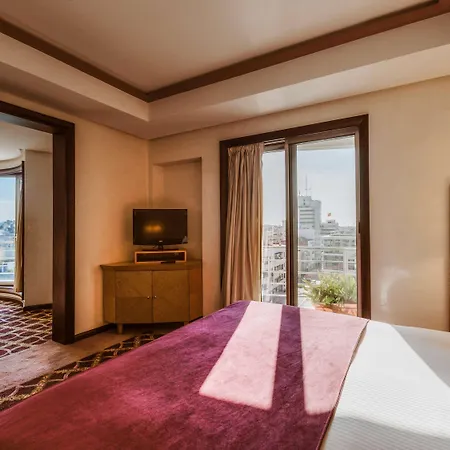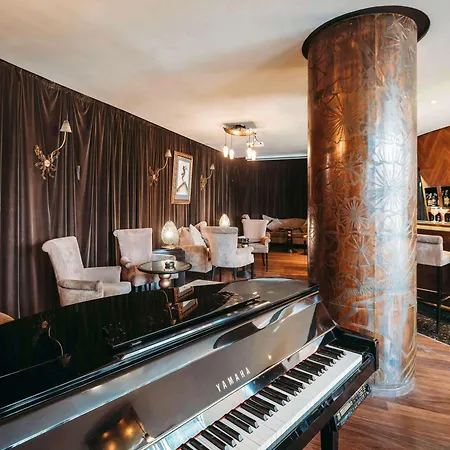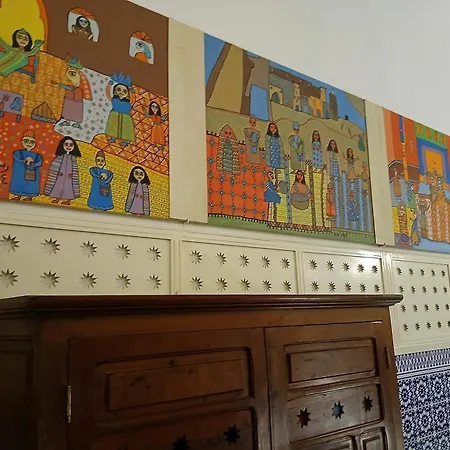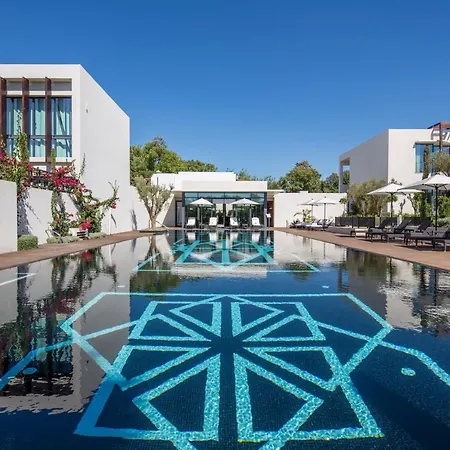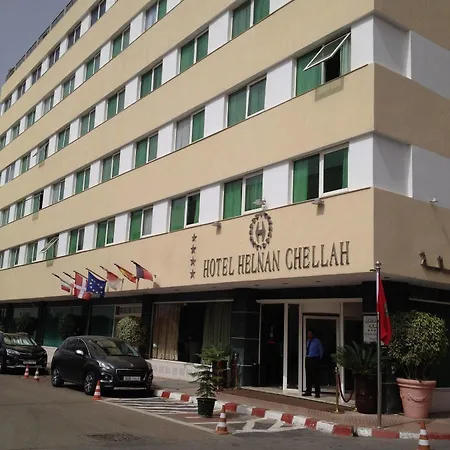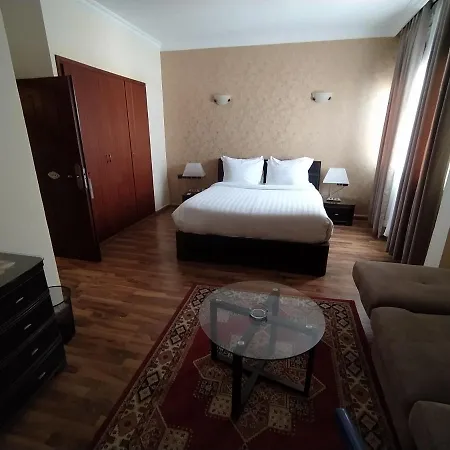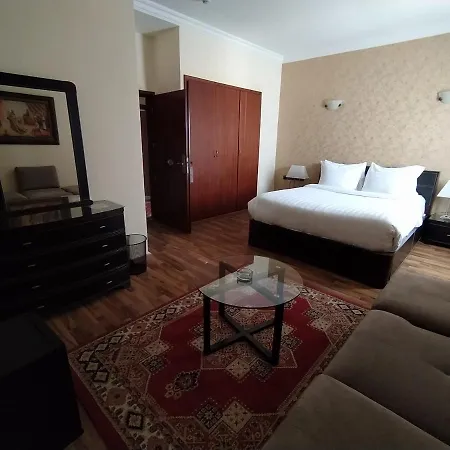Rabat Archaeological Museum
Check Availability
Artifacts of Time: Rabat Archaeological Museum
Rabat Archaeological Museum, established in 1986, is a key institution in Morocco's cultural landscape. It houses a comprehensive collection of artifacts from Morocco’s rich history, particularly from prehistoric to Roman times.
The museum serves as a repository for numerous archaeological finds, highlighting its cultural significance. Noteworthy features include its sleek architecture and intimate setting, allowing for a focused exploration of displays that include statues, ceramics, and ancient tools.
Unearthed Wonders
Roman Ruins Discovery 🏛️
Exhibits contain artifacts specifically from the Roman sites of Volubilis and Lixus.
Prehistoric Tools ⚒️
Explore tools dating back to the earliest human settlements in the region.
Ceramics Collection 🍶
The museum boasts a stunning collection of ancient ceramics reflecting the artistic evolution of past civilizations.
Currently undergoing renovation, the museum remains a must-visit for tourists, families, and history enthusiasts, with free access to its galleries once reopening occurs.
Interesting Facts about Natural History Museum Rabat Archaeological Museum
Historical Foundation
Established in 1986, the museum was built on the site of earlier archaeological work dating back to the 1920s.
Extensive Collection
Home to the most extensive collection of archaeological artifacts in Morocco.
Major Renovation
Currently closed for major renovations, with anticipation for enhanced exhibits.
Location
Stay Near Rabat Archaeological Museum Best Hotels
Address
View mapAvenida Yacoub El Mansour
Opening Hours
Friday:
10:00 AM–5:00 PM
Monday:
10:00 AM–5:00 PM
Saturday:
10:00 AM–5:00 PM
Sunday:
Closed
Thursday:
10:00 AM–5:00 PM
Tuesday:
10:00 AM–5:00 PM
Wednesday:
10:00 AM–5:00 PM
Contact Information
Price
Free entry, though some special exhibitions may require a ticket.
Average Visit Duration
Duration: Approximately 1.5 to 2 hours.
Best Time to Visit
Weekday afternoons (1:00 PM–3:00 PM) generally have fewer crowds.
